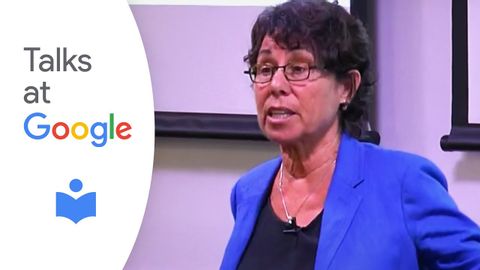
Subtitles & vocabulary
Authors@Google: Dr. Victoria Sweet, "God's Hotel"
00
Yuan Jui Yu posted on 2015/04/15Save
Video vocabulary
time
US /taɪm/
・
UK /taɪm/
- Uncountable Noun
- Speed at which music is played; tempo
- Point as shown on a clock, e.g. 3 p.m
- Transitive Verb
- To check speed at which music is performed
- To choose a specific moment to do something
A1TOEIC
More show
US /ʃo/
・
UK /ʃəʊ/
- Verb (Transitive/Intransitive)
- To be easily seen or displayed
- To display your emotions or feelings
- Noun
- False display of love, emotion or action
- An event for displaying or promoting goods
A1
More pause
US /pɔz/
・
UK /pɔ:z/
- Verb (Transitive/Intransitive)
- To stop doing for a while before continuing
- To temporarily interrupt the execution of a program or process.
- Noun (Countable/Uncountable)
- A temporary break before continuing
- Function on a device to stop and restart it
A2
More personal
US /ˈpɚsənəl/
・
UK /ˈpɜ:sənl/
- Adjective
- Done by or to a particular person; individual
- Concerning a person's private life or feelings
A2
More Use Energy
Unlock All Vocabulary
Unlock pronunciation, explanations, and filters
